Last updated: August 12, 2020
Article
California and the 19th Amendment
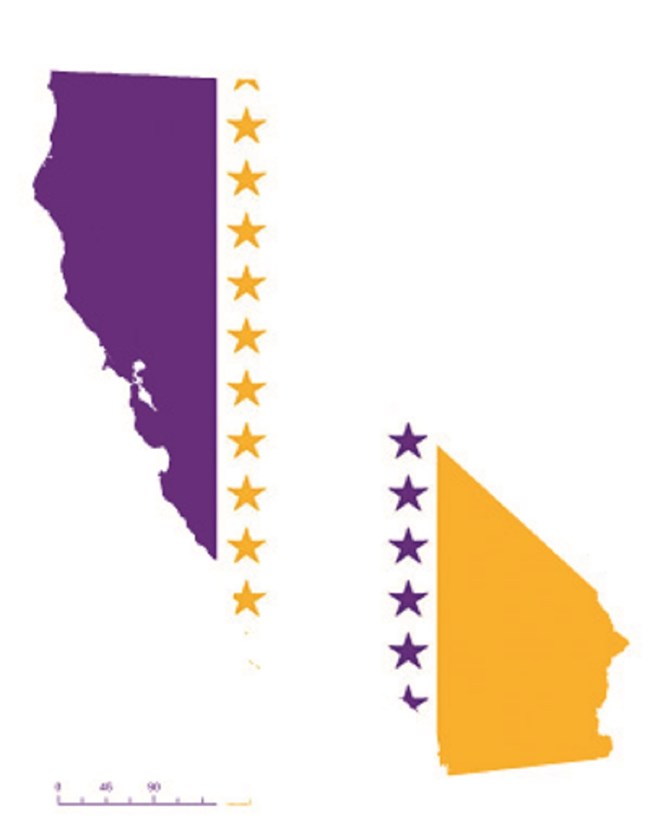
Women first organized and collectively fought for suffrage at the national level in July of 1848. Suffragists such as Elizabeth Cady Stanton and Lucretia Mott convened a meeting of over 300 people in Seneca Falls, New York. In the following decades, women marched, protested, lobbied, and even went to jail. By the 1870s, women pressured Congress to vote on an amendment that would recognize their suffrage rights. This amendment was sometimes known as the Susan B. Anthony Amendment and became the 19th Amendment.
The amendment reads:
"The right of citizens of the United States to vote shall not be denied or abridged by the United States or by any state on account of sex."
While some women wanted the federal government to recognize their right to vote by passing a constitutional amendment, other suffragists felt that they should focus on getting their state or territory to recognize their right to vote. This strategy first had success in the West. Many women in California, for example, spent their energy on proposing suffrage bills to the state legislature. In 1893, the California legislature passed a bill recognizing women’s suffrage rights. But the governor vetoed the bill, and women were still without the vote. Three years later, California held a referendum on women’s suffrage. A referendum occurs when the people directly vote on an issue. Some voters were afraid that if California women voted, they would pass legislation banning the sale of alcohol. Known as temperance, this was a popular political issue of the day.
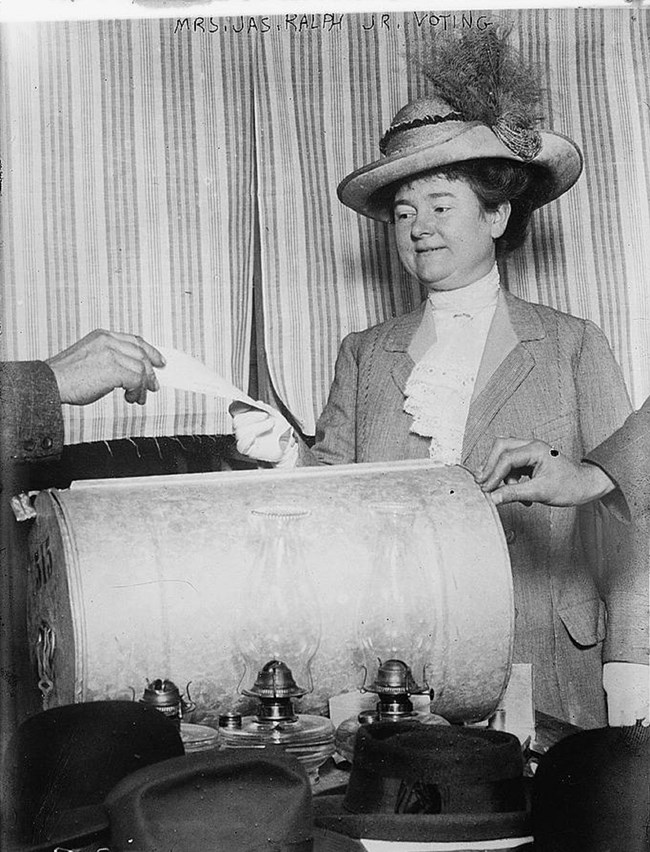
In the early 1900s, women doubled their efforts to get the state to pass legislation recognizing their right to vote. Suffrage organizations formed in both northern and southern California. Elizabeth Thacher Kent, co-owner of the redwood forests that would become Muir Woods, was one of the women who founded and led suffrage organizations. But Elizabeth was not content with social events and parlor discussions. Like many other women, she emphasized the hard work of organizing to win the right to vote. Women gave speeches, held rallies, and registered voters. When another referendum was held in 1911, the people of California narrowly voted in favor of recognizing a woman’s right to vote.
After gaining the vote, women started to run for political office. One such woman was Irene Burns, an educator who dedicated her life to teaching disabled children. Burns ran for the position of superintendent of schools and was elected the first women in Placer County to serve in this position.
California women could now vote. They used their new political power to continue to push for suffrage for women across the country. In June 1919, the US Congress finally approved the 19th Amendment. After Congress passed the 19th Amendment, at least 36 states needed to vote in favor of it for it to become law. This process is called ratification.
On November 1, 1919, California ratified the 19th Amendment. By August of 1920, 36 states (including California) ratified the 19th Amendment, ensuring that the right to vote could not be denied based on sex.
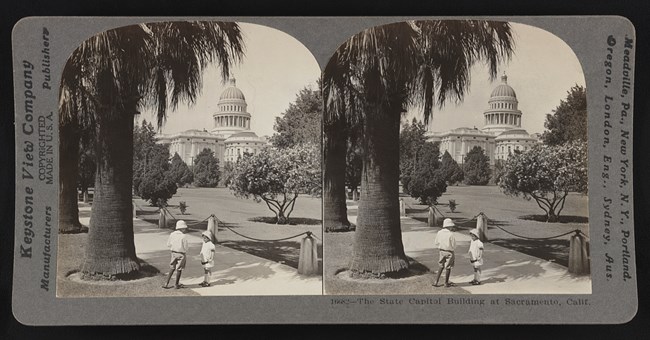
California Places of Women's Suffrage: State Capitol Building
The California State Capitol building is located at 10th and L Street in Sacramento. The design of the building is based on the US Capitol building in Washington, DC. Construction began in 1860 and was completed in 1874. It was here that California voted to ratify the 19th Amendment.The California State Capitol was listed on the National Register of Historic Places on April 3, 1973. The building is open to the public.
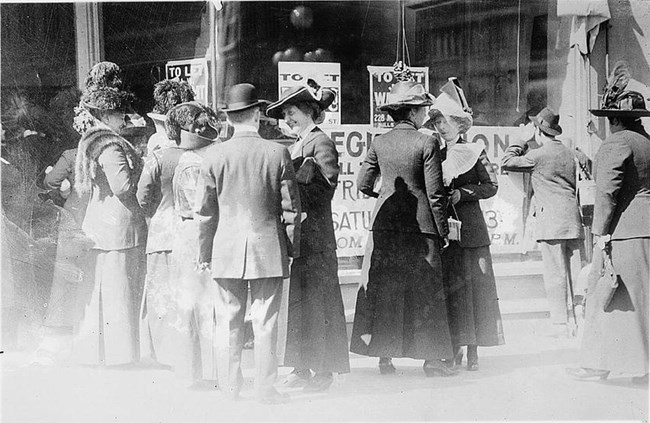
Library of Congress, Bain Collection.
https://www.loc.gov/item/2014691302/
California Places of Women’s Suffrage: Irene Burns House
Irene Burns, a schoolteacher, became the first woman elected to political office in Placer County, California. After three terms as County Superintendent of Schools, she taught developmentally disabled students in San Francisco, then established a school for disabled students in her Auburn home, known as the Burns School. The house is listed on the National Register of Historic Places.
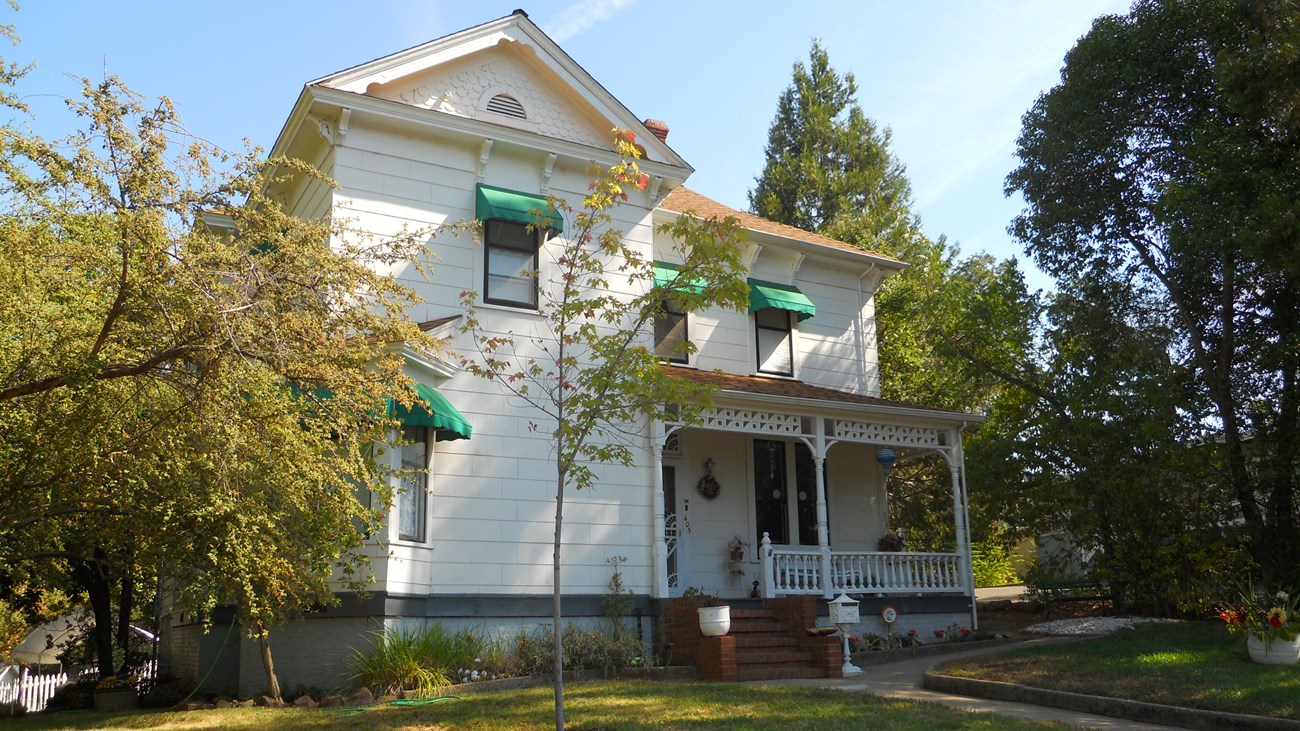
The Irene Burns House is an important place in the story of ratification. It is listed on the National Register of Historic Places.
